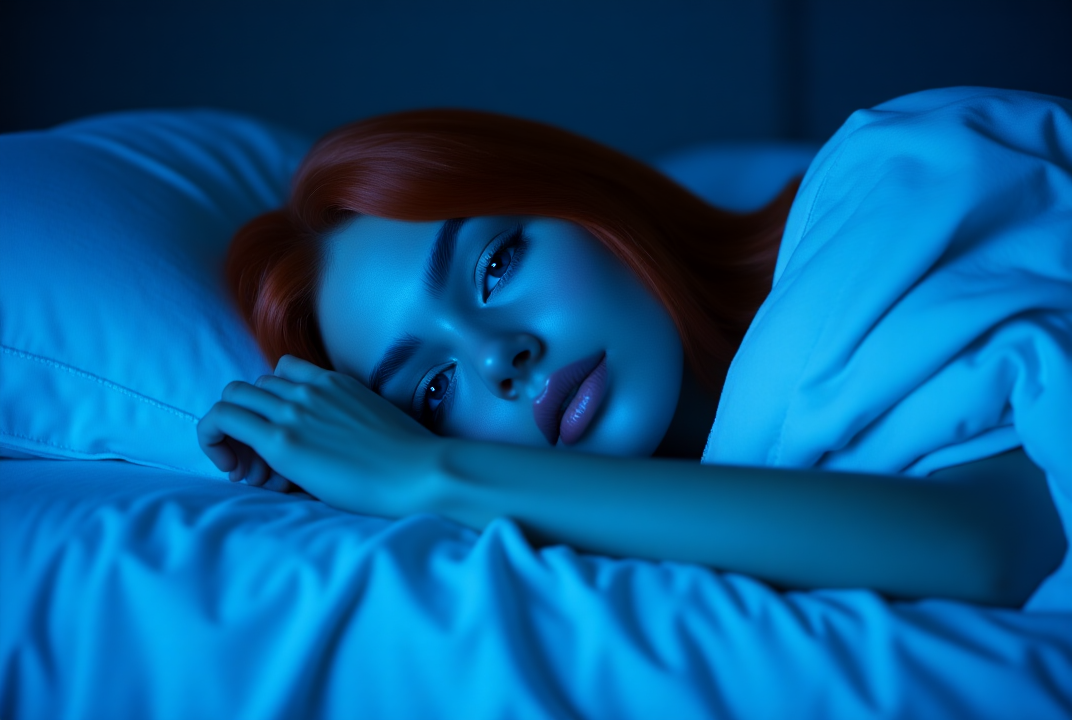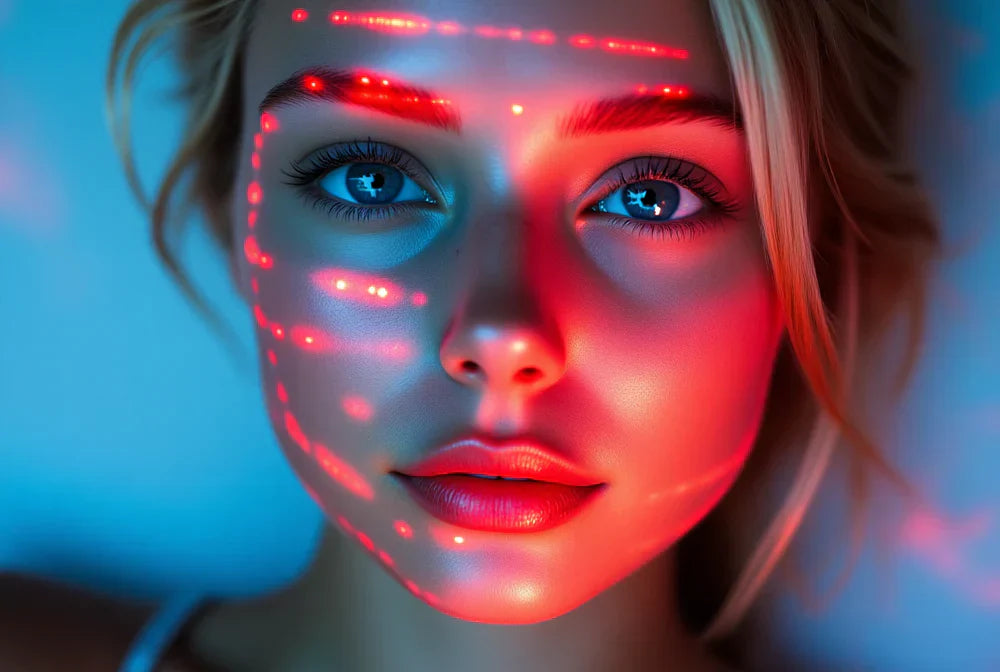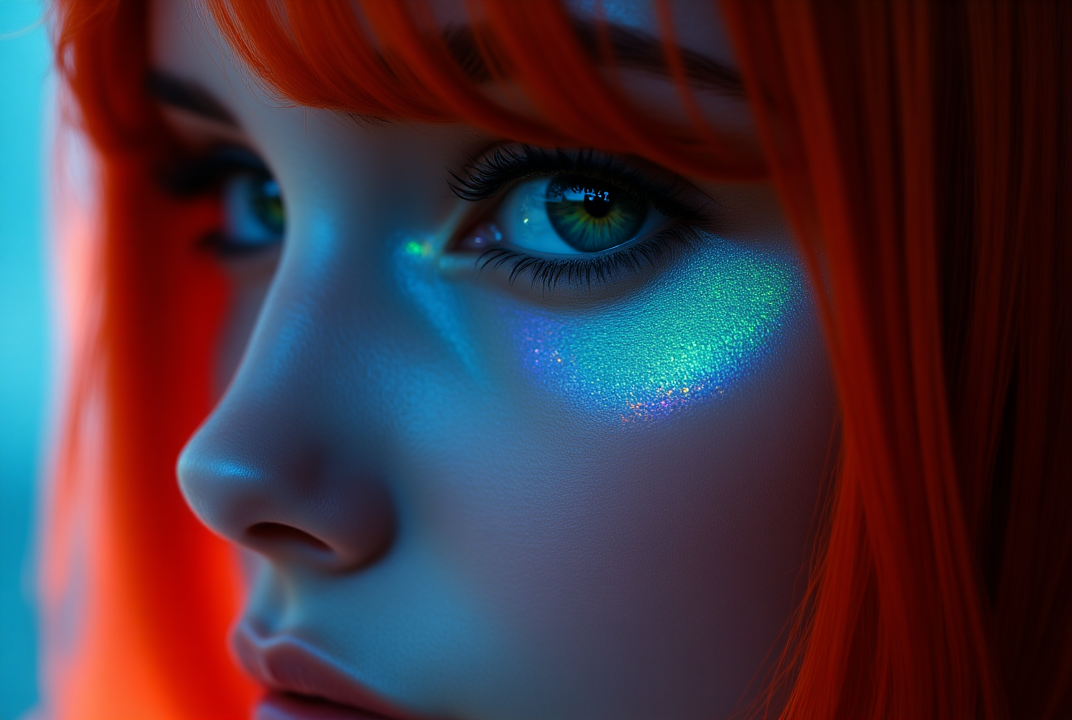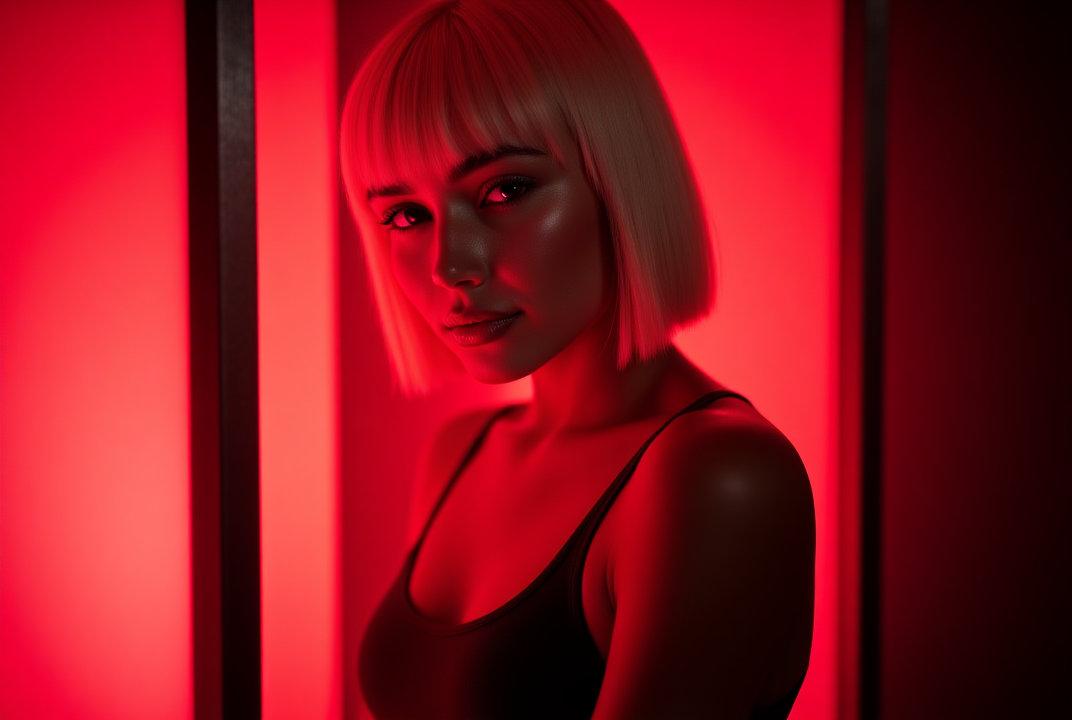The modern era has ushered in an unprecedented reliance on digital devices, casting a spotlight on the role of blue light in our daily lives and its potential impact on sleep. As screens become our constant companions, questions arise about how this specific wavelength of light influences our circadian rhythms and sleep patterns. This article aims to unravel the complexities of blue light exposure, separating scientific facts from prevalent myths. Whether you're a gamer, a remote worker, or a wellness enthusiast, understanding these dynamics is key to improving sleep quality and achieving a balanced, restful life.
What Is Blue Light?
Blue light is a high-energy, short-wavelength light that is part of the visible light spectrum, which is emitted naturally by the sun and artificially by digital screens, LED lights, and fluorescent lighting. It plays a crucial role in regulating our circadian rhythms by influencing the production of melatonin, a hormone that signals our bodies to prepare for sleep. While exposure to natural blue light during the day can enhance alertness and cognitive function, excessive exposure to artificial blue light, especially in the evening, can disrupt sleep patterns and contribute to sleep disturbances. Understanding the nature and effects of blue light is essential for managing its impact on our health and well-being in an increasingly digital world.
How Does Blue Light Affect Sleep
Step 1: Understanding Circadian Rhythms
Circadian rhythms are the body's natural 24-hour cycles that regulate sleep-wake patterns, influenced significantly by light exposure. Blue light, in particular, plays a pivotal role in these rhythms by affecting the production of melatonin, the hormone responsible for inducing sleep. During the day, exposure to blue light helps maintain alertness and wakefulness, aligning our internal clocks with the natural day-night cycle.
Step 2: Daytime Exposure to Blue Light
During daylight hours, exposure to blue light is beneficial as it boosts attention, reaction times, and mood. The natural blue light from the sun helps keep us awake and alert, supporting cognitive functions and productivity. This exposure is crucial for maintaining a healthy circadian rhythm, ensuring that our bodies are in sync with the environment.
Step 3: Evening Exposure and Melatonin Suppression
As evening approaches, establishing a nighttime routine becomes crucial as the body's natural inclination is to wind down and prepare for sleep. However, exposure to artificial blue light from screens and LED lighting can interfere with this process by suppressing melatonin production. This suppression delays the onset of sleep, making it harder to fall asleep and reducing overall sleep quality.
Step 4: Impact on Sleep Quality
The disruption of melatonin production due to blue light exposure can lead to difficulties in falling asleep, frequent awakenings during the night, and reduced deep sleep stages. This results in poor sleep quality, leaving individuals feeling tired and less refreshed upon waking. Over time, chronic exposure to blue light in the evening can contribute to sleep disorders and negatively impact overall health.
Step 5: Mitigating Blue Light Exposure
To minimize the adverse effects of blue light on sleep, it is advisable to reduce screen time in the hours leading up to bedtime. Utilizing blue light-blocking glasses and filters on devices, wearing blue light-blocking glasses, and opting for dim, warm lighting in the evening can help mitigate exposure. By taking these steps, individuals can support their natural sleep-wake cycles and improve sleep quality, leading to better health and well-being.
What Color Light Is Best For Sleeping?
Red light is often considered the most conducive color for promoting sleep, as it has a longer wavelength and lower energy compared to blue light, making it less likely to interfere with melatonin production. Red light therapy devices are designed to harness these properties, providing a soothing and calming effect that can help prepare the body for rest. These devices emit red or near-infrared light, which is believed to penetrate deeper into the skin, potentially aiding in relaxation and recovery. By using red light therapy in the evening, individuals can create an environment that supports the natural sleep cycle, enhancing sleep quality and overall well-being. This approach is particularly appealing to those seeking non-invasive, natural methods to improve their sleep hygiene and circadian rhythm alignment.
How Long Before Bed Should You Stop Looking At Blue Light?
To optimize sleep quality and align with the body's natural circadian rhythms, it is generally recommended to stop looking at blue light at least one to two hours before bedtime. This timeframe allows the body to naturally increase melatonin production, signaling the brain that it is time to wind down and prepare for sleep. By reducing exposure to blue light from digital screens, LED lights, and other artificial sources during this critical period, individuals can minimize disruptions to their sleep-wake cycle. Implementing this practice as part of a broader sleep hygiene routine can significantly enhance the ability to fall asleep more easily and achieve deeper, more restorative sleep. For those who find it challenging to avoid screens entirely, using blue light filters or wearing blue light-blocking glasses can also help mitigate the impact of late-night screen exposure.
What Are The Symptoms Of Too Much Blue Light?
Excessive exposure to blue light, particularly from digital screens and artificial lighting, can lead to a range of symptoms that affect both physical and mental well-being. Common symptoms include eye strain, characterized by discomfort, dryness, and irritation, often referred to as digital eye strain or computer vision syndrome. Individuals may also experience headaches and difficulty focusing, which can impact productivity and concentration. Moreover, overexposure to blue light in the evening can disrupt sleep patterns by suppressing melatonin production, leading to insomnia or poor sleep quality. This disruption can result in daytime fatigue, mood swings, and a general decline in cognitive performance. By recognizing these symptoms, individuals can take proactive steps to manage their blue light exposure and mitigate its adverse effects on health and daily functioning.
Blue Light Facts vs Myths
Blue Light Facts
- Fact: Blue Light Affects Melatonin Production: Blue light exposure, especially in the evening, can suppress the production of melatonin, the hormone responsible for regulating sleep. This suppression can delay sleep onset and disrupt overall sleep quality.
- Fact: Digital Devices Emit Blue Light: Smartphones, tablets, computers, and other electronic devices like LED lights are significant sources of artificial blue light. Prolonged exposure to these devices, particularly before bedtime, can interfere with sleep patterns and contribute to digital eye strain.
- Fact: Blue Light Blocking Glasses Can Help: Blue light-blocking glasses are designed to filter out a portion of the blue light emitted by digital screens and artificial lighting. By wearing these glasses, particularly in the evening, individuals can reduce the impact of blue light exposure on melatonin production and sleep quality, thereby supporting better sleep hygiene and minimizing digital eye strain.
Blue Light Myths
- Myth: All Blue Light is Harmful: Not all blue light is detrimental; in fact, exposure to natural blue light during the day is beneficial for maintaining alertness and mood. The concern primarily lies with excessive artificial blue light exposure in the evening.
- Myth: Blue Light is the Sole Cause of Sleep Problems: While blue light can disrupt sleep, it is not the only factor. Poor sleep hygiene, stress, and other lifestyle factors also play significant roles in sleep disturbances.
- Myth: Only Screens Emit Blue Light: While digital screens are a major source, blue light is also emitted by LED and fluorescent lighting commonly used in homes and offices. Awareness of all sources is important for managing exposure effectively.
Conclusion
In conclusion, understanding the nuanced relationship between blue light and sleep is essential for navigating our increasingly digital world. By distinguishing facts from myths, individuals can make informed decisions to protect their sleep quality and overall well-being. Embracing strategies such as reducing screen time before bed, utilizing blue light blocking glasses, and fostering a sleep-friendly environment can significantly mitigate the adverse effects of blue light exposure. As we continue to integrate technology into our daily lives, maintaining a balanced approach to screen use and prioritizing sleep hygiene will empower us to achieve restful, rejuvenating sleep, ultimately enhancing our health and productivity.
Final Thoughts
Wondering how to effectively combat the adverse effects of blue light on your sleep? Explore the innovative offerings at EMR-TEK, where solutions are designed to fit seamlessly into your daily routine. Whether you need a portable device for easy travel or a comprehensive system for home or professional environments, EMR-TEK provides the perfect solution. Their blue light glasses are crafted to alleviate eye strain and protect your eyes, making them an indispensable part of your wellness toolkit. Discover our collection of red light therapy products and take the first step towards achieving healthier, more radiant skin today.
Sources
- https://www.aao.org/eye-health/tips-prevention/should-you-be-worried-about-blue-light
- https://www.sleepfoundation.org/circadian-rhythm
- https://www.webmd.com/sleep-disorders/what-is-sleep-hygiene
Disclaimer*: EMR-TEK’s red infrared light therapy devices, blue light blocking glasses, and other products are intended solely for personal wellness and fitness use. They are not designed to diagnose, treat, cure, or prevent any disease and should not be considered medical devices. We do not make any therapeutic claims. Our products align with the FDA’s “General Wellness: Policy on Low Risk Devices” guidelines and do not require FDA clearance. Please note, EMR-TEK’s products are for personal use only and not for commercial application.*




Share:
Do Blue Light Glasses Help With Eye Strain: Eye Strain Solutions
Computer Glasses vs Blue Light Glasses: What’s The Difference?